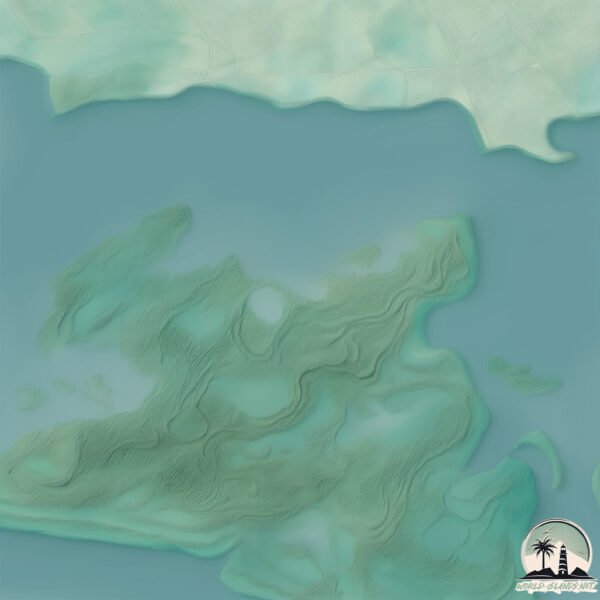Welcome to La Gran Chiusa , a Temperate island in the Adriatic Sea, part of the majestic Atlantic Ocean. This guide offers a comprehensive overview of what makes La Gran Chiusa unique – from its geography and climate to its population, infrastructure, and beyond. Dive into the details:
Geography and size of La Gran Chiusa
Size: 1.018 km²Coastline: 13.9 kmOcean: Atlantic OceanSea: Adriatic SeaContinent: Europe
La Gran Chiusa is a Small Island spanning 1 km² with a coastline of 13.9 km.
Archipel: –
Tectonic Plate: Eurasia – One of the world’s largest tectonic plates, the Eurasian Plate covers a significant portion of Europe and Asia. It’s characterized by diverse geological features, including the Ural Mountains, the European Plain, and the Himalayas formed from its collision with the Indian Plate.
The geographic heart of the island is pinpointed at these coordinates:
Climate and weather of La Gran Chiusa
Climate Zone: TemperateClimate Details: Humid Subtropical ClimateTemperature: Hot Summer
Climate Characteristics: With continuous rainfall and hot summers, this climate is common in some coastal regions, supporting diverse vegetation.
Topography and nature of La Gran Chiusa
Timezone: UTC+01:00Timezone places: Europe/ParisMax. Elevation: -1 m Mean Elevation: -1 mVegetation: Urban AreaTree Coverage: 93%
The mean elevation is -1 m. Remarkably, this unique island barely emerges above the sea level, showcasing nature’s fascinating interplay with the ocean. The island is characterized by Plains: Flat, low-lying lands characterized by a maximum elevation of up to 200 meters. On islands, plains are typically coastal lowlands or central flat areas.
Dominating Vegetation: Urban Area
Vegetation: 1 vegetation zones – Minimal Diversity Island
Infrastructure and Travelling to La Gran Chiusa
Does the island have a public airport? no .
Does the island have a major port? no .
The mean population of La Gran Chiusa is 1 per km². La Gran Chiusa is Uninhabited. The island belongs to Italy .
Continuing your journey, Isola di Polesine is the next notable island, situated merely km away.
外送小夥竟是華夏第一掌權人,三個女大佬帶著千億逼迫他老婆離婚,只為得到他 #男頻爽劇 #窮小子逆襲 #赘婿
歡迎訂閱短剧小屋SHOW,爆燃短劇都在這裡! Welcome to subscribe to the Short Drama Hut SHOW, all the explosive short ...
外送小夥竟是華夏第一掌權人,三個女大佬帶著千億逼迫他老婆離婚,只為得到他 #男頻爽劇 #窮小子逆襲 #赘婿
歡迎訂閱短剧小屋SHOW,爆燃短劇都在這裡! Welcome to subscribe to the Short Drama Hut ...
歡迎訂閱短剧小屋SHOW,爆燃短劇都在這裡! Welcome to subscribe to the Short Drama Hut SHOW, all the explosive short ...
Playa de Vallehermoso y recorrido a pie hasta el Castillo del Mar | Isla de La Gomera
Excursión de un día desde Tenerife a La Gomera: ...
TANTI AUGURI KEVIN PER LA TUA COMUNIONE TI AMIAMO
#congiuntiimperfetti #comunione#shorts
Italy is classified as Developed region: G7: Group of Seven – Major advanced economies, including Canada, France, Germany, Italy, Japan, the United Kingdom, and the United States. The level of income is High income: OECD.
News – Latest Updates and Headlines from La Gran Chiusa
Stay informed with the most recent news and important headlines from La Gran Chiusa. Here’s a roundup of the latest developments.
Loading...
Please note: The data used here has been primarily extracted from satellite readings. Deviations from exact values may occur, particularly regarding the height of elevations and population density. Land area and coastline measurements refer to average values at mean high tide.

